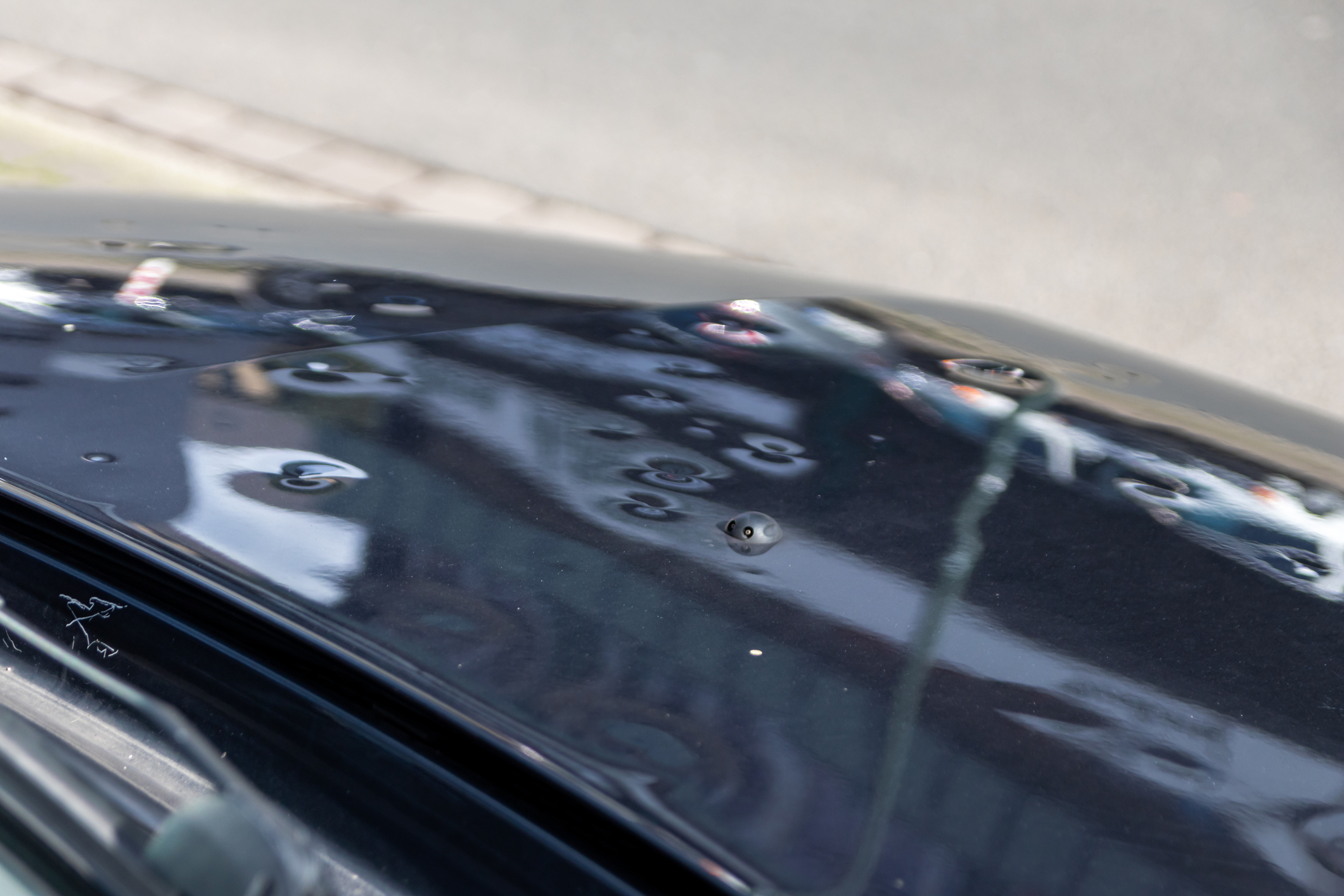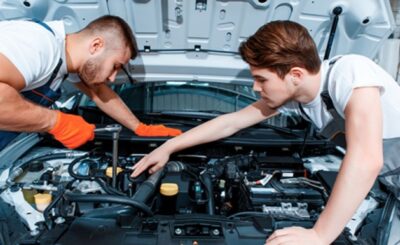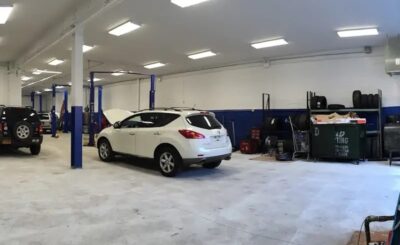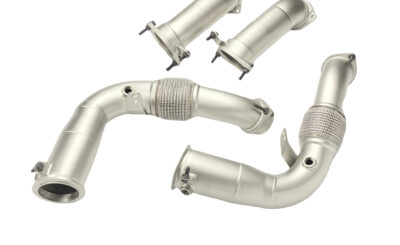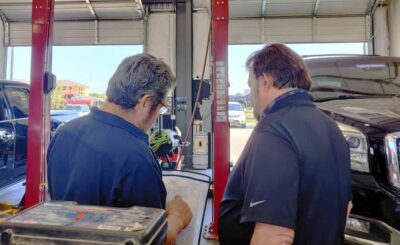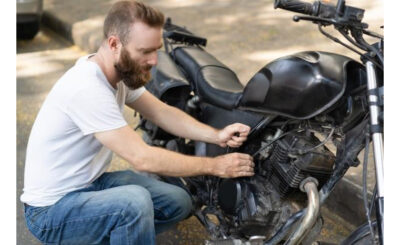Introduction
Hailstorms can cause visible and hidden damage to vehicles. While some owners might be tempted to ignore minor dents and dings, untreated hail damage can have significant long-term consequences. This article explores the potential risks and impacts of not addressing hail damage promptly.
Visible vs. Hidden Damage
Hail damage can range from small, barely noticeable dents to severe structural harm. Understanding the difference between visible and hidden damage is crucial:
- Visible Damage: This includes dents, dings, and cracked or shattered windows. While these are easy to spot, their impact on your vehicle can be more than cosmetic.
- Hidden Damage: Hail can also cause damage that isn’t immediately visible, such as compromised paint protection, weakened structural integrity, and damage to internal components like sensors and electronics.
Long-Term Effects on Vehicle Integrity
Leaving hail damage untreated can compromise the structural integrity of your vehicle:
- Rust and Corrosion: Dents and chips that penetrate the paint can expose the underlying metal to moisture, leading to rust and corrosion. Over time, this can spread and weaken the metal, causing more extensive damage.
- Structural Weakness: Repeated exposure to hail without repairs can weaken the overall structure of your vehicle, making it more vulnerable to future damage and potentially compromising safety.
Impact on Vehicle Value
Ignoring hail damage can significantly affect your vehicle’s resale value:
- Aesthetic Appeal: Visible dents and dings reduce the visual appeal of your car, making it less attractive to potential buyers.
- Perceived Neglect: Buyers may perceive untreated hail damage as a sign of overall neglect, raising concerns about other potential issues with the vehicle.
- Decreased Trade-In Value: Dealerships will offer less for vehicles with visible damage, as they factor in the cost of repairs when determining trade-in value.
Safety Concerns
Untreated hail damage can pose safety risks, particularly with modern vehicles that rely on advanced technologies:
- Compromised Sensors: Hail damage can affect sensors used for safety features such as collision detection, lane departure warnings, and automated braking systems, potentially compromising their effectiveness.
- Weakened Glass: Cracked or chipped windshields and windows can reduce visibility and structural integrity, increasing the risk of shattering during subsequent impacts.
Insurance Complications
Failing to address hail damage can lead to complications with future insurance claims:
- Denial of Claims: Insurance companies may deny claims for new damage if previous hail damage was not repaired, citing neglect as the reason.
- Increased Premiums: Multiple claims for hail damage without repairs can result in higher insurance premiums, as insurers view the vehicle as higher risk.
The Importance of Timely Repairs
Addressing hail damage promptly can prevent these long-term issues:
- Paintless Dent Repair (PDR): PDR is a cost-effective and efficient method for repairing hail damage without affecting your vehicle’s original paint. It preserves the integrity and value of your car.
- Comprehensive Repairs: Working with a reputable repair shop ensures that both visible and hidden damages are addressed, maintaining your vehicle’s safety and longevity.
Conclusion
The long-term effects of untreated hail damage can be significant, impacting your vehicle’s structural integrity, value, and safety. By understanding the risks and taking prompt action to repair hail damage, you can protect your investment and ensure your vehicle remains in optimal condition. Don’t let minor dents turn into major problems—invest in timely repairs to safeguard your car’s future.


